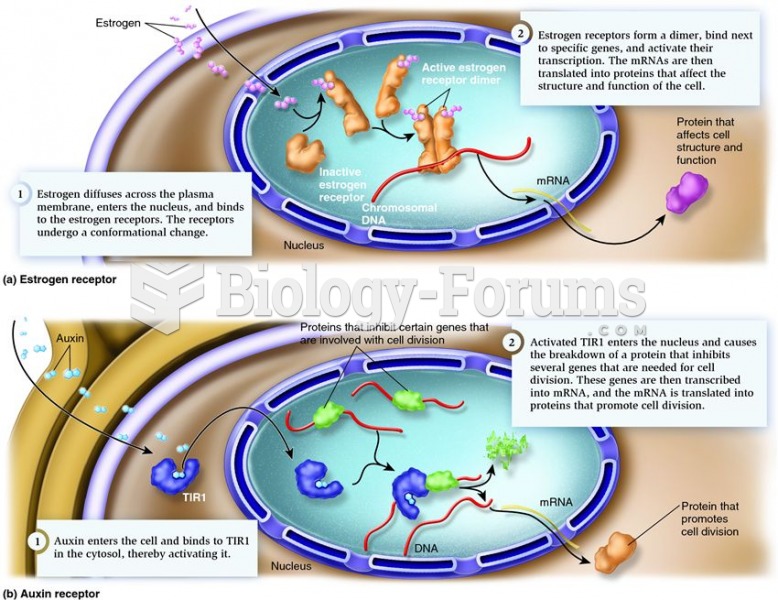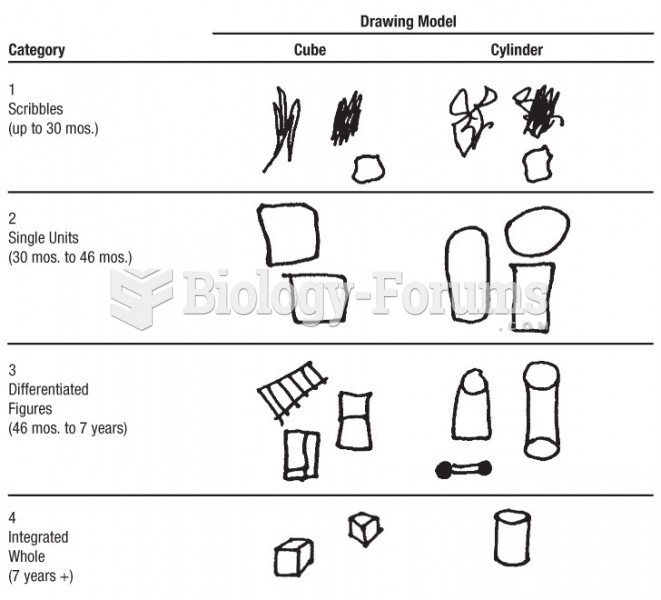Answer to Question 1
A
Answer to Question 2
In the early 1900s, most chickens were still raised as free range, with the majority of chickens kept in smaller farm flocks. Food sources for chickens were obtained from foraging for insects, spiders, and succulent plant material like the clovers. Some grain feeding occurred, but it was limited. The typical chicken meat came from older hens and young roosters that were the byproducts of the egg-laying industry. Meat availability was also very seasonal, with most meat being available during the summer and early fall. During World War II, poultry was not rationed, and meat-producing broiler chickens (now considered birds less than 8 weeks of age) were raised. However, egg-laying breeds of chickens were still being used as meat sources despite their low rates of gain. The 1940s Good Housekeeping Cookbook mentions that the normal seasons for poultry were broilers in the spring, fryers in the summers, and roasters in the fall. Following World War II, development of improved chicken breeds (e.g., Cornish-white rock crosses), synthetic vitamins, formulated rations, and confinement feeding increased meat availability and lowered prices by 30 to 40 percent, compared to the 1920s. Poultry feed made of concentrated energy rations containing corn and other grains became common. The supermarket concept was developed to facilitate the mass marketing of chicken. In the 1950s, in response to consumer demand for increased convenience, TV dinners containing fried chicken and turkey were introduced. The first Kentucky Fried Chicken franchise opened in 1952 . In the 1970s, a large number of processed, easy-to-cook products were developed, and whole bird marketing fell from 70 percent to about 20 percent. In 1983, McDonald's introduced the Chicken McNugget, a fast food very popular with children. The McNugget is a deep-fried product made from ground chicken meat. In 2000, in response to concerns about healthy meat, chicken meat and eggs were marketed as free range and retailed at a premium price. Free range chickens are raised on pasture and derive a portion of their daily rations from insects; however, in contrast to earlier times, most of these free range chickens receive some grains in their diets to increase their rate of gain.






![Bolier - Best Friend (Never Let Me Down) [Official Music Video]](https://biology-forums.com/gallery/47/medium_6_01_10_23_10_03_00.jpg)
![Klur & Diana Miro - Pull Me Through [Official Lyric Video]](https://biology-forums.com/gallery/49/medium_6_03_06_24_11_37_17.jpg)